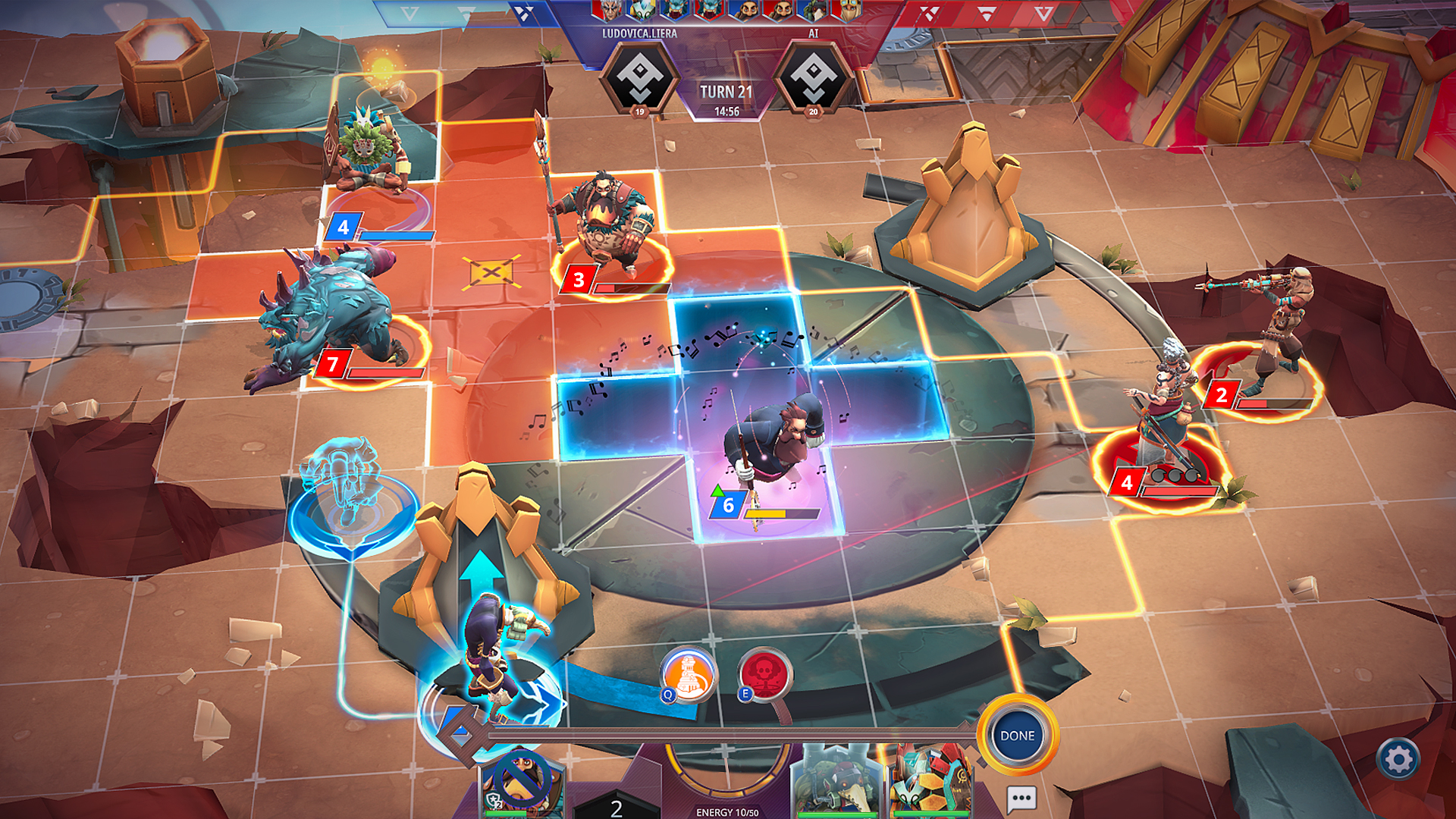

INSIDIA FAILS FULL
Since Arianespace backlog was already full on Soyuz and Ariane systems in 2021, it was not possible to have a European back-up solution compliant with the CSG-2 schedule, thus an alternative solution with the US provider SPACE X has been adopted allowing to keep the CSG-2 launch within the current year.

The delays, postponing the VEGA-C Maiden Flight to Q1 2022, with a consequent tight schedule of launches in 2022, made the launch period of CSG-2 no longer compatible with the needs of the COSMO Mission. The second COSMO SkyMed Second Generation satellite (CSG-2) was planned to be launched with VEGA-C within 2021, but the launcher development has been impacted by the VV15 and VV17 failures and, above all, by the COVID pandemic. The first COSMO-SkyMed Second Generation satellite, the advanced version of the first system, was launched on December 18 th, 2019, and is now operational. The first-generation system was completed on November 5 th, 2010 (November 6 th in Italy) with the launch of the fourth and last satellite, still from the U.S. The third satellite departed on October 25 th, 2008. base of Vandenberg, California, from where also the second satellite departed on December 9 th of the same year. The first satellite of the COSMO-SkyMed constellation was launched on June 7 th, 2007, from the U.S. To support users in their use of the new COSMO-SkyMed portal, the Mission and Products Description and the guide for registration and use have been created.Ĭommercial users can request COSMO-SkyMed data through the e-Geos web site.
INSIDIA FAILS DRIVER
If there is still no driver installed, download the latest driver from our website and begin a manual installation.COSMO-SkyMed is the first Earth observation mission designed for dual purposes, both civil and military.

INSIDIA FAILS DRIVERS
Reboot your PC to finalize the installation.Ĭheck to see the correct drivers are installed and functional, check to see if the NVIDIA Control panel is available.
INSIDIA FAILS INSTALL
On a fresh install or update and first boot of Windows 10, let Windows sit for at least 15 minutes to ensure the background silent download and installation is completed. In order to get a driver installed outside of Windows Update do the following: Once the silent driver install is completed, you will need to reboot your PC for it to finalize. If you attempt to manually install a driver during this time, it will fail immediately, because a driver install is already being done silently in the background. This can sometimes take up to 5-10 minutes before the silent driver installation will begin. On your first boot of a fresh installation of Windows 10, Windows Update will attempt to download and install GPU drivers in the background.


 0 kommentar(er)
0 kommentar(er)
